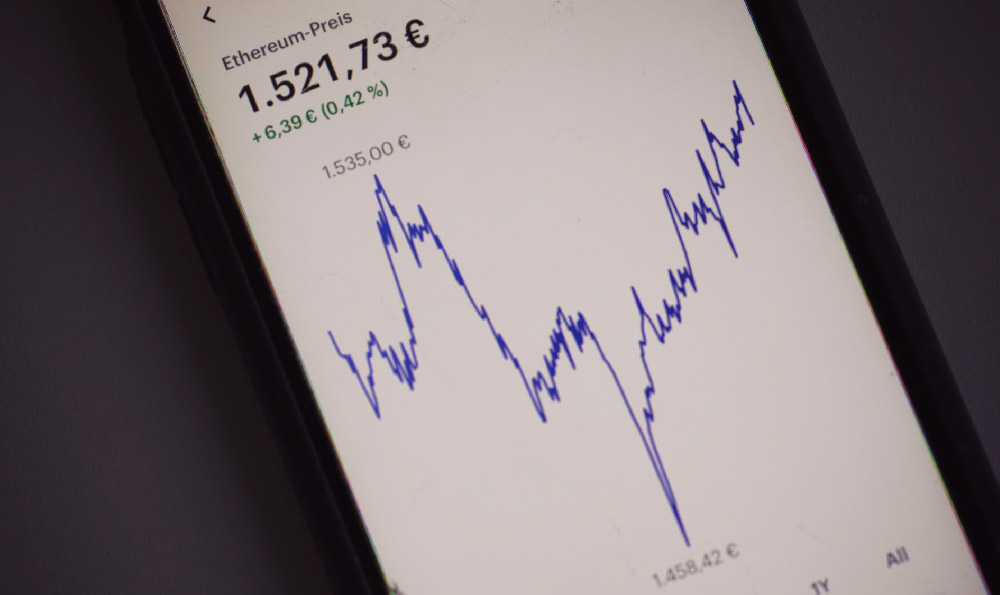What is the ROI, and how do I calculate it?
Return on Investment (ROI) is a fundamental metric in the world of finance and cryptocurrency, serving as a compass for investors navigating the volatile seas of digital assets. It's not merely a number; it's a measure of profitability, a reflection of the efficiency with which capital is deployed, and a crucial tool for making informed investment decisions. Understanding ROI is paramount for anyone venturing into the cryptocurrency market, allowing them to assess the performance of their investments and compare different opportunities.
At its core, ROI represents the percentage of profit or loss relative to the initial investment. It answers the question: "For every dollar I invested, how much did I get back?" A positive ROI indicates a profitable investment, while a negative ROI signifies a loss. The higher the ROI, the more lucrative the investment is considered to be.
The basic formula for calculating ROI is:

ROI = (Net Profit / Cost of Investment) * 100
Where:
- Net Profit is the total revenue generated from the investment minus the total costs incurred. This includes not only the initial investment amount but also any transaction fees, trading commissions, or other associated expenses.
- Cost of Investment is the total amount of money invested initially.
Let's illustrate this with a simple example. Suppose you bought 1 ETH at $2,000. After holding it for a year, you sold it for $3,000. Your net profit is $3,000 (selling price) - $2,000 (purchase price) = $1,000. Your ROI would be ($1,000 / $2,000) * 100 = 50%. This means that for every dollar you invested in ETH, you earned 50 cents in profit.
However, the real world of cryptocurrency investing is rarely this straightforward. There are nuances and complexities that need to be considered for a more accurate and comprehensive ROI calculation.
First, consider the time horizon. ROI is often annualized to allow for a fair comparison of investments with different holding periods. If the aforementioned ETH investment was held for only six months, then the annualized ROI would need to be adjusted to reflect a full year. To annualize, simply divide the ROI by the holding period in years (0.5 in this case) and it results in 100% annual ROI.
Second, factor in compounding. If you reinvest your profits back into the same or another cryptocurrency, the subsequent ROI will be calculated on a larger investment base. This compounding effect can significantly enhance your overall returns over time, and it's crucial to account for it in your ROI analysis, especially for long-term investments.
Third, don't forget about transaction fees and taxes. Every trade incurs transaction fees, which can eat into your profits, especially if you're actively trading. Furthermore, any profits you realize from selling cryptocurrencies are typically subject to capital gains taxes. Failing to account for these expenses will lead to an inflated and inaccurate ROI calculation.
Fourth, consider opportunity cost. By investing in one cryptocurrency, you're forgoing the opportunity to invest in another. To truly assess the effectiveness of your investment, you need to compare its ROI to that of other potential investments. This helps you determine whether you're allocating your capital efficiently.
Furthermore, in the complex world of decentralized finance (DeFi), ROI calculations become even more intricate. For instance, when participating in yield farming or staking, you earn rewards in the form of additional tokens. To calculate the ROI in these cases, you need to consider the value of these rewards, the staking period, and any potential impermanent loss (a phenomenon where the value of your deposited assets changes relative to each other). Many DeFi platforms provide an Annual Percentage Rate (APR) or Annual Percentage Yield (APY), which are essentially annualized ROI estimates that account for compounding. However, it's crucial to understand that these are just estimates, and the actual ROI may vary depending on market conditions and other factors.
Beyond the formula itself, the real value of ROI lies in its application. It allows you to:
- Compare different investment opportunities: ROI provides a standardized metric for comparing the profitability of different cryptocurrencies, ICOs, DeFi projects, and trading strategies.
- Track your portfolio performance: Regularly calculating the ROI of your portfolio helps you monitor its overall performance and identify areas for improvement.
- Make informed investment decisions: By analyzing the ROI of past investments, you can gain insights into your own investment style and make more informed decisions in the future.
- Manage risk: Understanding ROI helps you assess the potential risk-reward ratio of an investment and make sure that the potential rewards justify the risks involved.
While ROI is a powerful tool, it's not a perfect one. It's a backward-looking indicator, meaning it only tells you about past performance. It doesn't guarantee future returns, and it doesn't account for external factors such as market sentiment, regulatory changes, or black swan events. Therefore, it's crucial to use ROI in conjunction with other analytical tools and a healthy dose of skepticism.
In conclusion, understanding and calculating ROI is an indispensable skill for any cryptocurrency investor. It allows you to objectively measure the profitability of your investments, compare different opportunities, and make informed decisions. However, remember that ROI is just one piece of the puzzle, and it should be used in conjunction with other analytical tools and a thorough understanding of the cryptocurrency market. Embrace continuous learning, stay informed about market trends, and always exercise caution when investing in the volatile world of digital assets.















